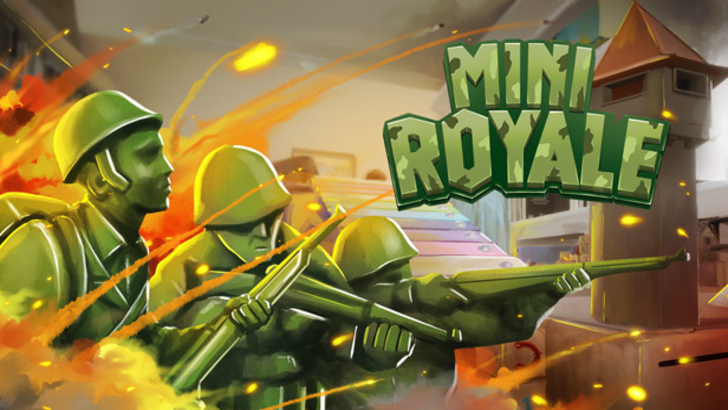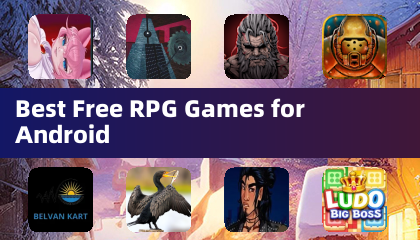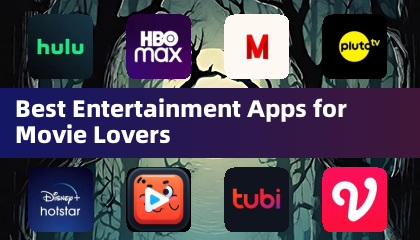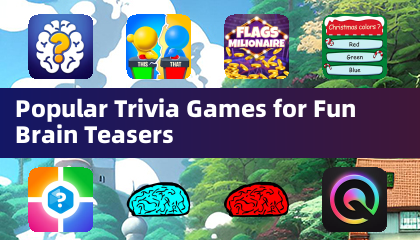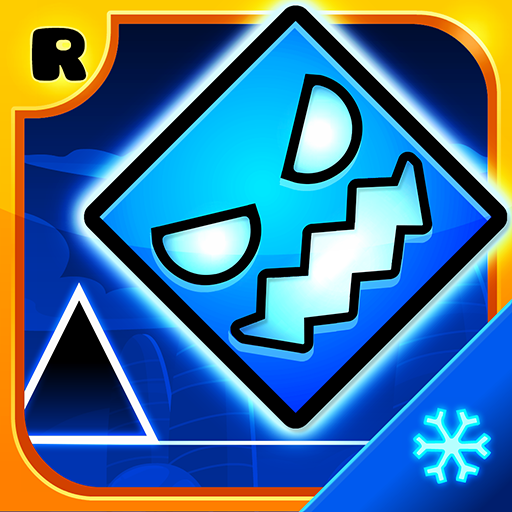After months of eager anticipation, Nintendo unveiled the Switch 2 in a dedicated Direct presentation. The showcase not only introduced exciting new titles like Mario Kart World, Donkey Kong Bonanza, and exclusive Nintendo GameCube games for the Switch 2 Online service, but it also offered a detailed look at the console itself. From an accessibility standpoint, the Switch 2 marks a significant upgrade over its predecessor in nearly every aspect.
Several months ago, I shared my accessibility predictions for Nintendo's latest console. I hoped for more robust accessibility features, enhanced Joy-Con functionality, and unique inclusive design practices. To my delight, Nintendo not only met these expectations but also exceeded them with additional features. Let's dive into the confirmed accessibility enhancements of the Switch 2.
New Accessibility Settings
The Direct itself didn't delve deeply into tangible accessibility options, but it highlighted fully customizable controls for each virtual GameCube game, aligned with system settings. However, Nintendo released a comprehensive accessibility page that details both returning and new features.
Fully customizable controls make a return, functioning identically to the original Switch. The ability to adjust text size to three different variants is back, now with the added options of High Contrast and customizable display colors. The Zoom functionality, crucial for blind and low vision players, is also making a comeback. Yet, the most exciting new feature is the "Screen Reader" setting.
Blind and low vision individuals often rely on Text-to-Speech to navigate menus and settings. Although the Screen Reader is limited to the HOME menu and system settings, it's a vital tool that empowers disabled players to independently explore the Switch 2. Users can choose from different voices, adjust reading speeds, and control volume levels. While it remains unclear whether individual games will support these tools or offer their own accessibility options, Nintendo's commitment to its disabled audience is clear and promising.
Innovative Design
Beyond specific menu settings, Nintendo introduced a new inclusive tool within the revamped Nintendo Switch App, called Zelda Notes. This companion app for Breath of the Wild and Tears of the Kingdom includes a Navigation feature that helps players locate shops, points of interest, and even the elusive Koroks using a GPS-like interface. The app provides audio cues and voices to guide players to their chosen destinations. While it doesn't assist with precise navigation or enemy encounters, it significantly aids blind and low vision players in navigating the game's vast world and reduces cognitive overload.
For cognitive, blind/low vision, and physically disabled players, the app's Autobuild Sharing tool allows users to share custom Zonai tech creations. By scanning a QR code, players can automatically build Zonai machines if they have the required materials. This feature is particularly beneficial for those who struggle with the complex control layouts needed to construct Zonai machinery in Tears of the Kingdom. It simplifies the process to just gathering materials, showcasing Nintendo's commitment to inclusive design.
Additionally, the Item Sharing feature enables players to exchange items via QR codes, reducing the physical effort required to search for weapons and food across the game world. While these features don't make Breath of the Wild and Tears of the Kingdom fully accessible, they represent significant progress.
Wheelchair Sports
The most surprising announcement was Drag X Drive, a Rocket League-style game where players control characters in manual wheelchairs on a basketball court. This not only offers proper disability representation but also showcases one of the Switch 2's new hardware features: mouse control.
By turning the Joy-Con on its side, players can use it as a mouse, sliding it across any surface. While the required force to move the cursor is yet to be detailed, this new way of playing promises to enhance accessibility for a wide range of disabled players. Combined with the variety of existing controller options, Nintendo continues to innovate in controller usage.
As a long-time Nintendo fan, I am thrilled about the Switch 2. Although the price point of around $450 gives me pause, my gaming journey began with Nintendo, and each new system brings exciting accessibility advancements that underscore the company's dedication to inclusive design. While Nintendo doesn't yet offer a first-party accessible controller like the Xbox Adaptive Controller or PlayStation Access Controller, it is innovating in unique ways to enhance play for disabled individuals. Coupled with Nintendo's recent commitment to standardized accessibility tags, the future of accessibility in gaming looks bright.

 LATEST ARTICLES
LATEST ARTICLES 


